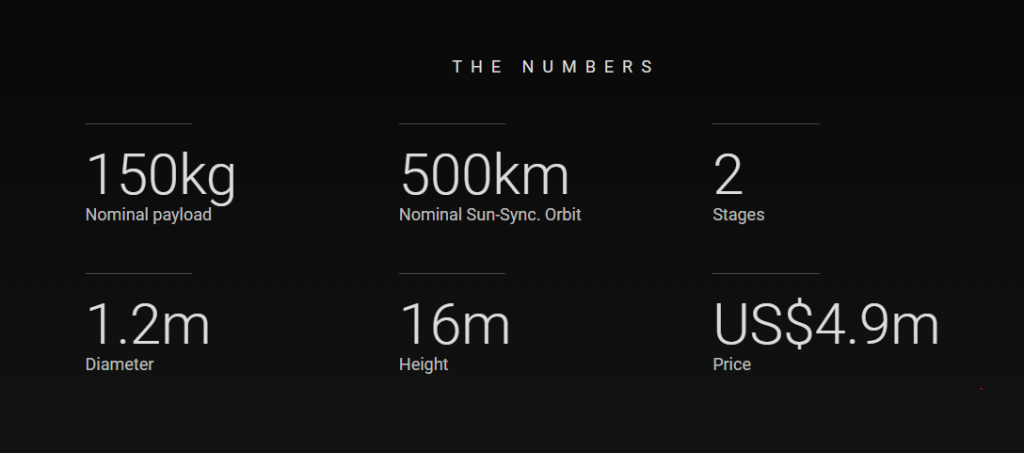If there’s one thing you never thought you could put on your Bucket list, it would probably be something to do with space launch.
However, thanks to the work of Rocket Lab, you’re one step closer! You can choose your own launch date, destination and even position in the rocket where your satellite will sit.
The Electron is an innovative launch vehicle, which makes the cost of space launch no longer ‘out of reach’ for businesses.
It is designed for payloads of up to 150kg, to a 500km sun-synchronous orbit. The Electron can also be customised for specific missions, including those at different sun-synchronous altitudes in different orbits between 45 and 98 degrees.
By streamlining the way the payload is integrated into the system helps lower the risk of delays, and allows customers to have their payloads set up and ready to go. Instead of dealing with each payload as it comes, payloads can be set up in advance so they can be loaded onto the vehicle as soon as it is ready.
The structure of the Electron is made from advanced carbon composites, creating a lightweight structure which is still incredibly strong. having such a light structure allows the Electron to move with more ease, whilst also limiting how much fuel is unnecessarily wasted.
This isn’t the only area where Rocket Lab has been able to cut down on weight either. After extensive research, as well as an entire research program, the team at Rocket Lab has managed to incorporate liquid oxygen composite taks into the Electron, which really makes the most of efficiency, and this combination of technology which makes the Electron what it is could really be a game changer.
There are two stages to the journey the Electron takes:
- Electron’s first stage is powered by multiple Rutherford engines with a total peak thrust of 146.6kN, which is enough to lift a fully laden double decker bus off the ground. Its lift off thrust is 152 kN (34,500lbf), whilst its peak thrust is 183kN (41,500lbf)
- Electron’s second stage is powered by a Rutherford Vacuum Engine which is tailored to provide improved performance in vacuum conditions. Its total thrust is 22kN (5,000lbf)
So what has this got to do with 3D printing?
The engine which powers the Electron Launch Vehicle, has 3D printed parts as all of its primary components. This 4,900lbf engine, called the Rutherford, uses an electric propulsion cycle, using electric motors to drive its turbopumps. It is said to be the first of its kind to use 3D printed parts.
Who’s been interested?
On July 12th this year, Rocket Lab won a contract with Planet, a sensing satellite company, which has allowed Rocket Labs three launches. This contract is for the dedicated launches of three of Planet’s Dove satellites, all of which will be taken using the Electron. It is hoped that 20 to 25 of their satellites would be transported into orbit with each launch, though no fixed number have been worked out as of yet.
The launches themselves haven’t been properly scheduled as of yet, as development of the Electron is still underway, though it is hoped that launches could begin as early as 2017.




